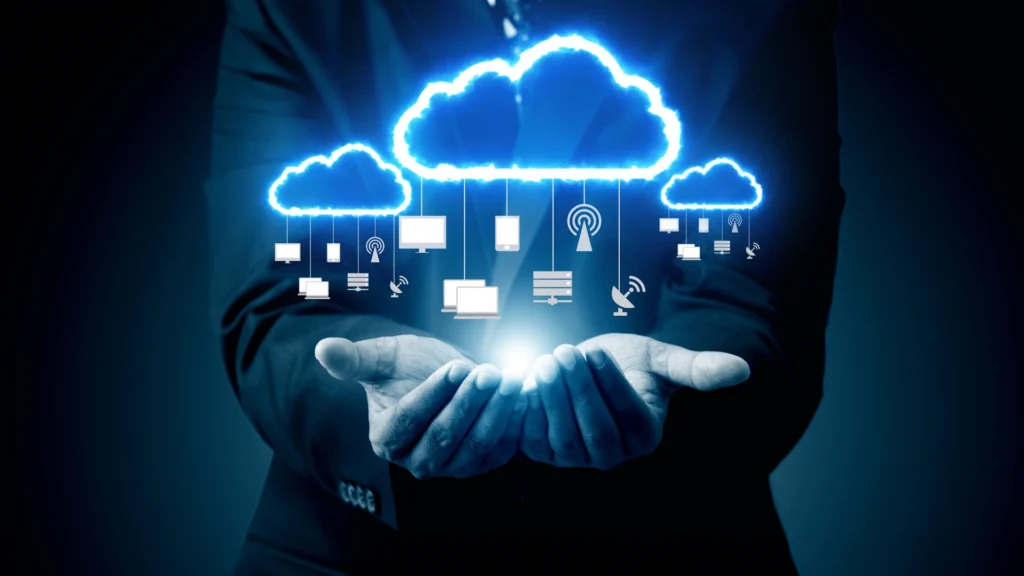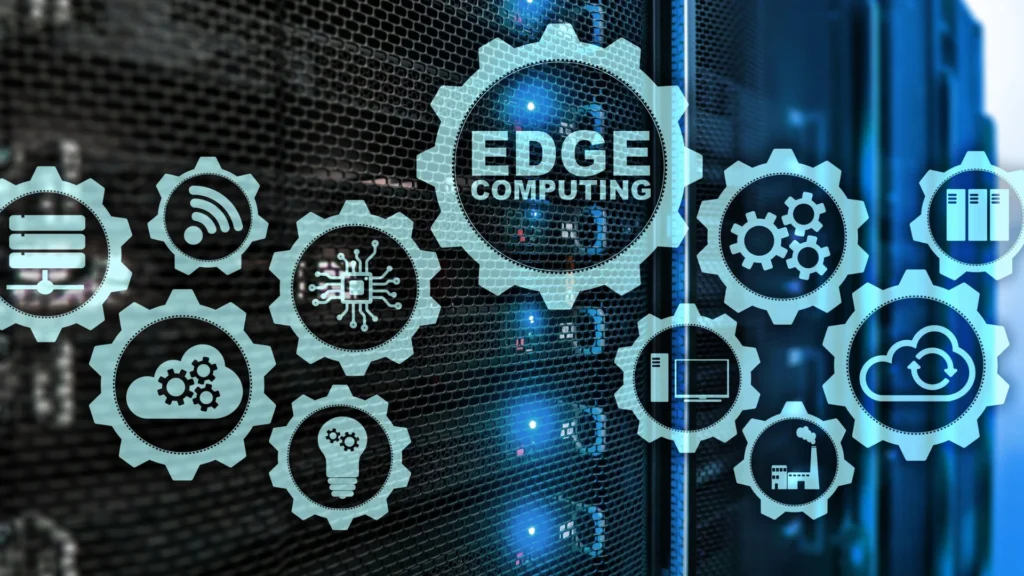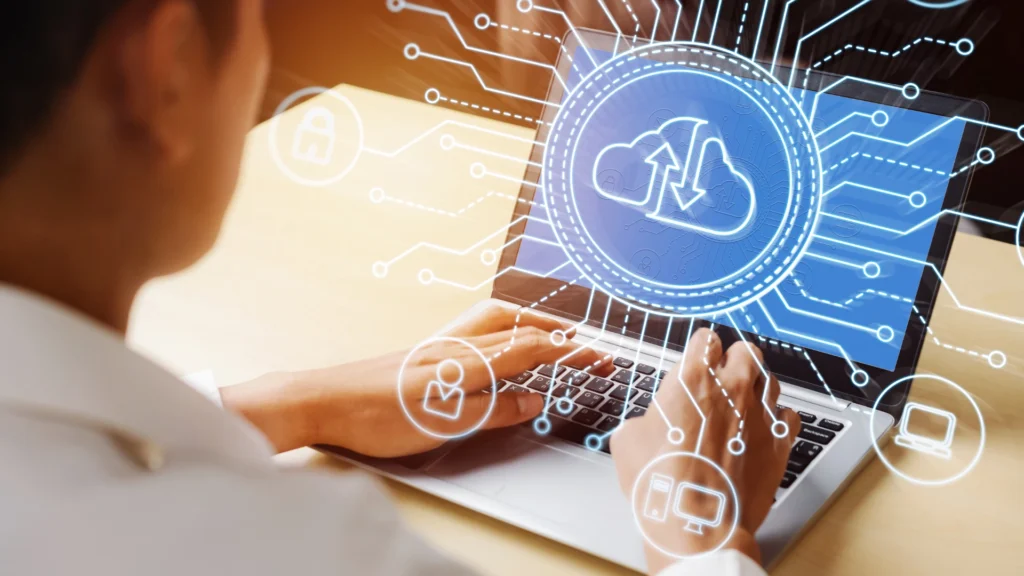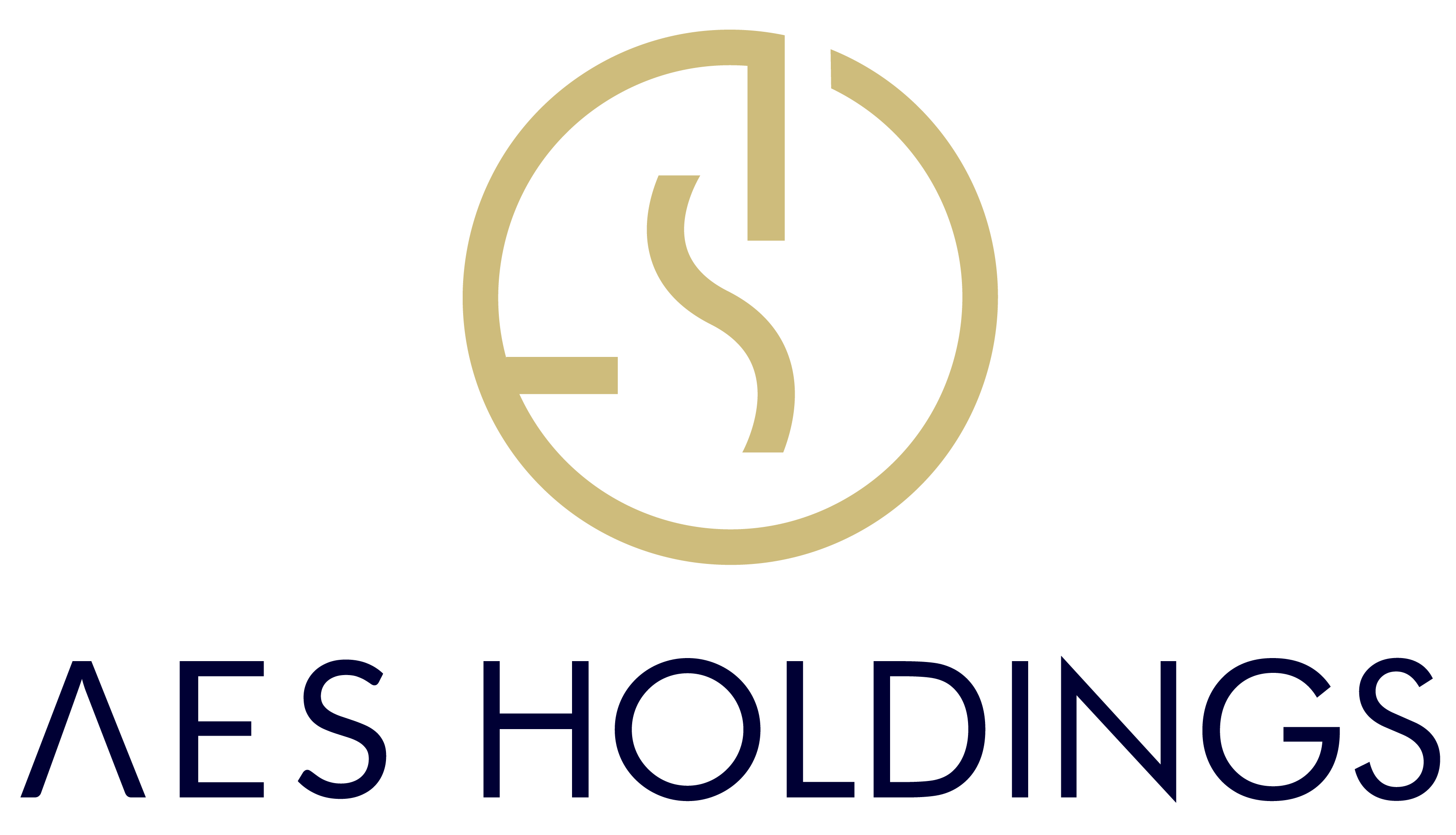
Edge Computing vs. Cloud Computing: What’s Right for Your Business?
Businesses today juggle data demands at lightning speed, and choosing the right tech matters. As companies weigh real-time processing against scalable storage, edge computing vs. cloud computing sparks debates. AES Holdings breaks down both approaches, so you can pick what fits your goals. From IoT edge computing to cloud infrastructure, here’s the lowdown on steering your business forward.
What Is Cloud Computing?
Cloud computing delivers services—think storage, processing, or analytics—via remote servers hosted by providers like AWS or Microsoft Azure. Businesses tap into vast computing power without owning physical hardware. Data lives in centralized data centers, accessible over the internet, offering flexibility for cloud enterprises scaling operations or managing large datasets.
Picture a warehouse storing everything you need, ready to ship on demand. Cloud computing suits businesses craving centralized control, cost savings, and easy resource access, especially for data backups or machine learning tasks.

What Is Edge Computing?
Edge computing processes data closer to its source, often on edge gateway devices like IoT sensors or local servers. Instead of sending everything to a distant data center, edge computing architecture handles tasks on-site, slashing latency. Real-time data processing shines here, powering latency-sensitive applications like autonomous vehicles or smart factories.
Imagine a chef prepping ingredients at the table instead of running to a central kitchen. Edge computing thrives in scenarios demanding instant responses, like IoT edge computing for real-time monitoring equipment.

Key Differences Between Edge and Cloud Computing
Edge and cloud computing serve distinct purposes. Cloud computing centralizes data in remote servers, which is ideal for heavy computation or long-term storage. Edge computing decentralizes, processing data locally to cut delays, making it perfect for real-time tasks. Bandwidth usage differs too—cloud relies on constant internet connectivity, while edge minimizes data transfers.
Security profiles vary. Cloud infrastructure leans on provider-grade encryption, but data privacy in edge computing benefits from local processing, reducing exposure. Cost structures also diverge: cloud often involves subscription models, whereas edge requires upfront hardware investments. AES Holdings sees both as complementary, depending on business needs.
Advantages of Cloud Computing for Businesses
Cloud computing offers scalability. Businesses expand storage or computing power with a few clicks, dodging hefty hardware costs. Centralized management simplifies IT oversight, freeing teams to prioritize strategy over server maintenance. Collaboration tools, like shared databases, thrive in the cloud, boosting teamwork across regions.
Cost efficiency stands out. Pay-as-you-go models let small firms access enterprise-grade tools without breaking the bank. AES Holdings points to cloud enterprises leveraging analytics or AI, harnessing massive datasets to drive decisions, all while keeping infrastructure lean.

Benefits of Edge Computing in a Real-Time World
Edge computing benefits shine in speed. Latency-sensitive applications—thin-driving cars or medical devices—demand instant data processing. Edge slashes response times by handling tasks locally, which is critical for IoT edge computing in smart cities or factories. Bandwidth savings also add up, as less data travels to the cloud.
Data privacy in edge computing gets a nod. Local processing keeps sensitive info, like patient records, closer to home, easing compliance with regulations. AES Holdings highlights the edge’s role in industries where split-second decisions, like in energy grids, keep operations humming.
Challenges and Considerations for Each Approach
Cloud computing faces hurdles like internet dependency. Remote data centers need stable connections, and outages can disrupt workflows. Security, while strong, hinges on third-party providers, raising trust concerns for some firms. Edge computing, meanwhile, grapples with hardware complexity. Deploying edge gateway devices across sites demands maintenance and upfront costs.
Scalability poses another issue. Edge setups struggle with massive data volumes, where cloud excels. AES Holdings advises weighing trade-offs: cloud suits data-heavy tasks, while edge fits time-critical ones. Budget, infrastructure, and regulatory needs shape the choice.
Hybrid Models: Combining the Best of Both Worlds
Hybrid cloud-edge solutions blend strengths. Businesses process urgent data at the edge for speed, then send aggregated insights to the cloud for storage or analysis. Picture a retail chain: edge devices track store inventory, while cloud systems analyze trends across locations. Hybrid models balance latency and scalability, which is ideal for complex operations.
Luckily, hybrid setups offer flexibility. Firms customize workflows, routing critical tasks to edge devices and heavy lifting to the cloud. Data privacy in edge computing pairs with the cloud’s computing muscle, creating resilient systems for industries like healthcare or logistics.

Choosing the Right Architecture for Your Business
Picking between edge and cloud—or a hybrid—hinges on priorities. Need real-time data processing for IoT or autonomous systems? Edge computing architecture leads. Crave scalable analytics or global collaboration? Cloud infrastructure delivers—budget, data sensitivity, and operational scale tip the scales.
AES Holdings guides businesses through the maze. Assess workloads: latency-sensitive tasks lean toward the edge, while data-intensive ones favor the cloud. Hybrid cloud-edge solutions often win for firms juggling both. Map your goals, test small, and scale smart—your tech choice can fuel growth or bog you down.


